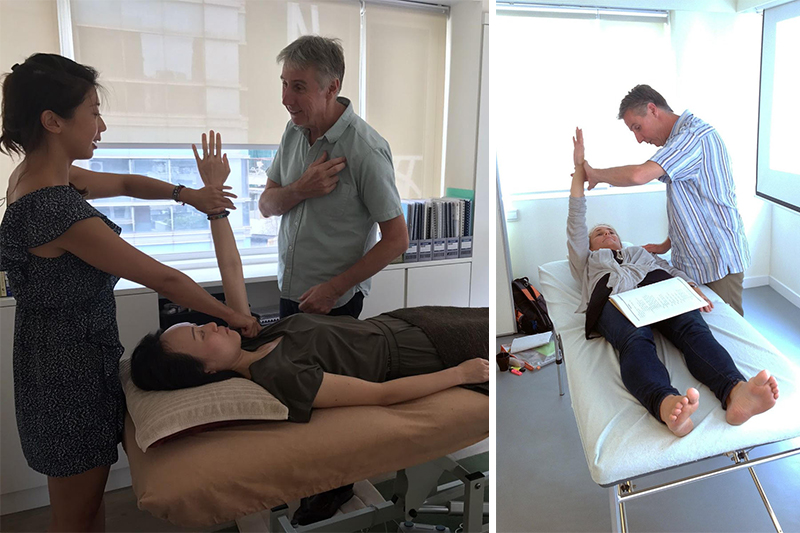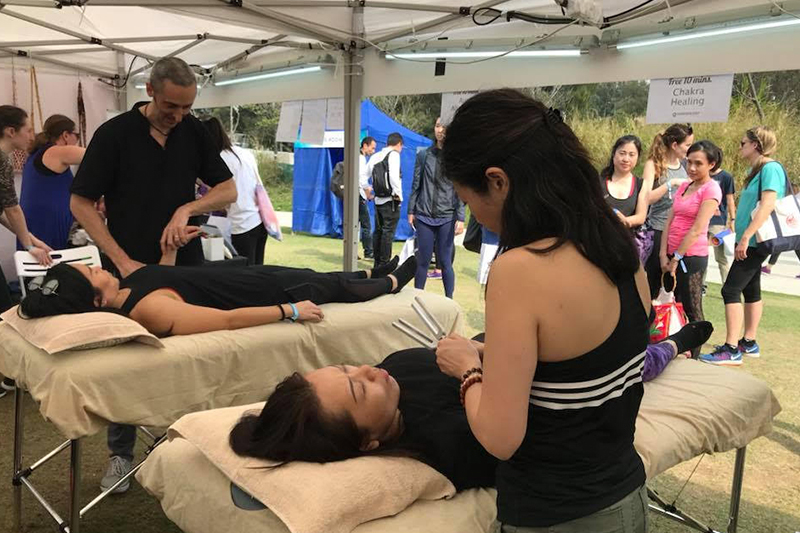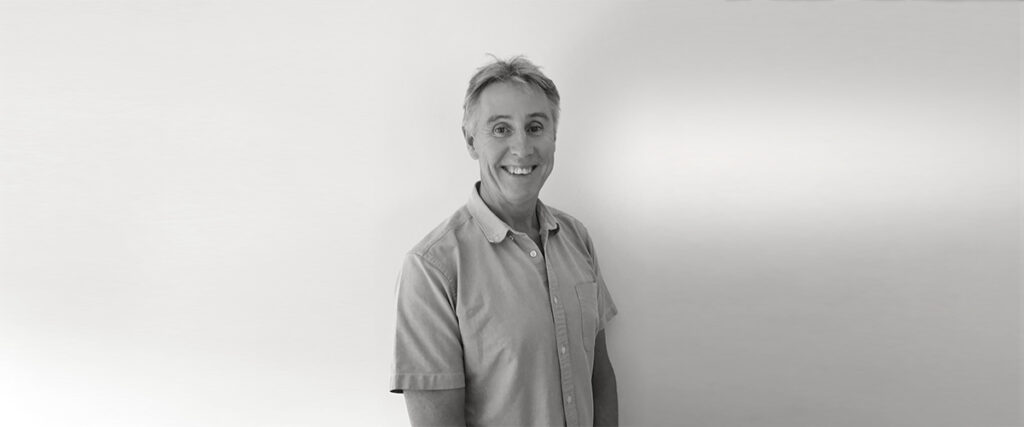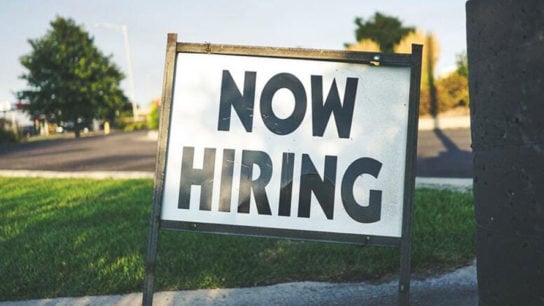An integration of traditional Chinese medicine and Western understanding of anatomy, Kinesiology is a growing practice in Hong Kong. We sit down with Brett Scott, founder of Kinesiology Asia, to learn more.
Most think of traditional Chinese medicine and modern Western medicine as being worlds apart, two sides of a coin that never overlap. Kinesiology, a form of holistic healing, challenges that idea. Commonly described as an integration of Eastern and Western techniques and systems, it has spread across the world since its inception in the 1960s. And though it is still relatively unknown in Hong Kong, the word is spreading as more and more discover its benefits thanks to Kinesiology Asia, the first Kinesiology clinic in Hong Kong founded by Australian kinesiologist, Brett Scott.
What is Kinesiology?
Kinesiology, in its academic form, is the scientific study of body movement and motions. However, for Kinesiology practitioner Brett, Kinesiology is “A noninvasive way to find out stresses and imbalances in somebody’s body and using the body’s responses to find a way to resolve that.” Simply put, “It’s a way to get the body to fix itself.”
The practise stems from the chiropractor Dr George Goodheart, who, in the 1960s, correlated the relationship between internal organs and skeletal muscles. Later on, aspects of traditional Chinese medicine, such as meridians, were also incorporated. Throughout the years, the practice has spread gradually, with various branches incorporating more elements into their treatment, including the use of crystals, essential oils and supplements.

But Brett wasn’t always an expert. Born and raised in Sydney, Australia, he had a myriad of jobs, including metalworker and wedding photographer, before finding Kinesiology in his mid-30s. Initially, it was simple curiosity that led him to it. Having heard about it from a friend who had received treatment, he decided to attend an introductory course held by a practitioner in Australia. “As I was watching him demonstrate,” Brett says, “something in my mind just went, ‘Bang! This is for you.’”
Since that day, Brett has committed his life to Kinesiology. He had a Kinesiology clinic in Sydney, where he mainly worked with children with learning problems, behavioural issues and attention deficits, before moving to Hong Kong in 2006 to set up Kinesiology Asia, the first specialist clinic in the city. Now, there are six other practitioners working alongside him there, each with their own area of expertise and offering treatment in four languages: Chinese, English, French and Korean.

The Benefits of Kinesiology
According to Brett, Kinesiology can help all kinds of issues, from chronic pain to anxiety and depression, “because we’re working with the body, and what it’s capable of, we can sort of work with anything.” Common issues that the clinic deals with are corporate stress, allergies and migraines, but testimonials on their site include people who have been helped with back pain, surgery recovery, panic attacks and severe mood swings. Many of the patients mention feeling healed not only physically, but also emotionally and spiritually, enabling them to finally lead their life to the fullest.
For those who might be interested in trying Kinesiology, a typical session looks like this: the patient lies down on a table, fully clothed. Depending on what the issue is, the practitioner will test the corresponding muscles by putting pressure on them and asking the patient to resist that pressure. This is a method called muscle testing, or muscle monitoring. If the patient is able to resist, then it implies that the corresponding system is functioning normally, if not, then that indicates a potential problem. As previously mentioned, it was this technique that kickstarted Dr Goodheart’s research into kinesiology, and muscle testing remains a common method amongst kinesiologists to determine where the imbalances in your body are.
Instead of viewing Kinesiology as a replacement of Western medicine, Brett views it more as an alternative. “We tend to get the people that have been to all the doctors and the medicine hasn’t worked, which doesn’t mean that the medicine’s not any good, it just means that the approach for that person wasn’t working. And we take a different approach, so we can get different results.”
Even though Kinesiology is still far from being considered part of medicine’s mainstream, Brett is confident that it will become more popular with time, as patients who have had successful results help spread the word to their friends and family. At the end of the day, he is proud of and satisfied with what he does. “This work is extremely rewarding. To help people resolve things like chronic pain and illness, depression and anxiety, … giving people hope where they had lost hope, just keeps me wanting to do it more and more, even after almost 20 years.”
Related Articles
Life Beyond Cancer: Nutritionist Denise Tam Talks Food, Fear & Compassion
International Feng Shui Guru is Helping CEOs Optimise for Success
One Man’s Journey: Changing How We Talk About Men’s Mental Health




